Weekend Reads 012221
or perhaps the friday fifteen …
Defining and measuring programmer productivity is something of a great white whale in the software industry. It’s the basis of enormous investment, the value proposition of numerous startups, and one of the most difficult parts of an engineering manager or Continue reading
My Journey Towards the Cisco Certified DevNet Specialist – DevOps – By Nick Russo
On 19 January 2021, I took and passed the Implementing DevOps Solutions and Practices (DEVOPS) exam on my first attempt. This is the sixth DevNet exam I’ve passed … and probably the last! Much like my experience with enterprise and service provider automation, I have years of real-life experience solving a diverse set of business problems using DevOps skills. I’ve spoken about the topic on various podcasts and professional training courses many times. Even given that experience, the exam blueprint introduced me to new technologies such as Cisco AppDynamics and Prometheus, to name a few.
I found DEVOPS to be more difficult than the product-specific concentration exams like ENAUTO, SPAUTO, and SAUTO. Because the exam has very little Cisco-specific content (AppDynamics is about the extent of it), you’ll need extensive hands-on, detail-oriented experience with many third-party products. To name a few: Ansible, Terraform, Docker, Kubernetes, Prometheus, ELK, git/GitHub, Travis CI, Jenkins, and Drone. Like most Cisco specialties, it isn’t enough just to watch video training to learn the details of these technologies; labbing and self-learning are both essential to pass this challenging exam.
Unlike DEVASC, DEVCOR, ENAUTO, and SAUTO, I did not Continue reading
Better Together: Digital Experience Monitoring and Network Observability
Complementing network observability stack with digital experience monitoring will afford insights into the performance and availability of networks and services.Introducing Project Fair Shot: Ensuring COVID-19 Vaccine Registration Sites Can Keep Up With Demand
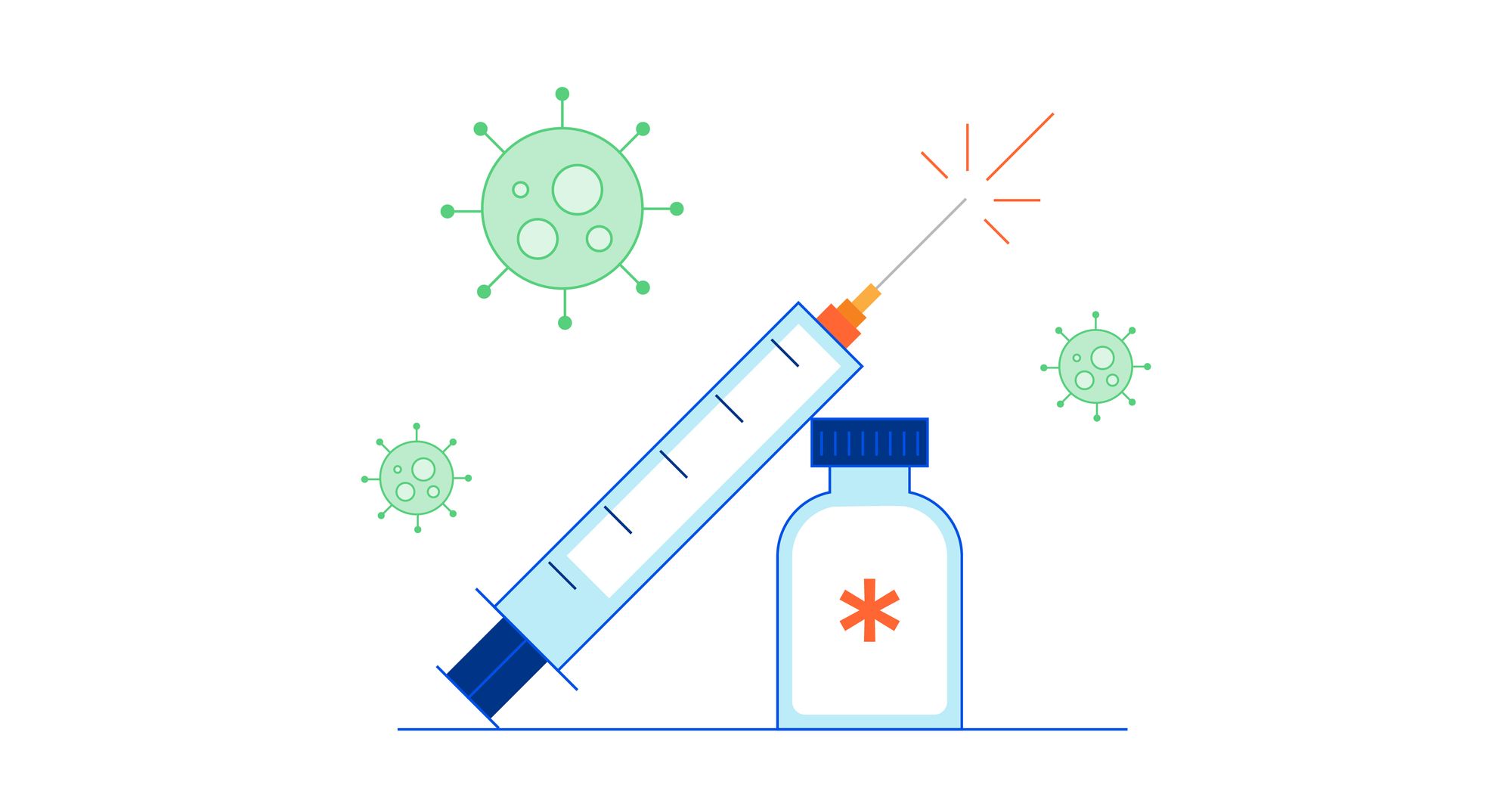
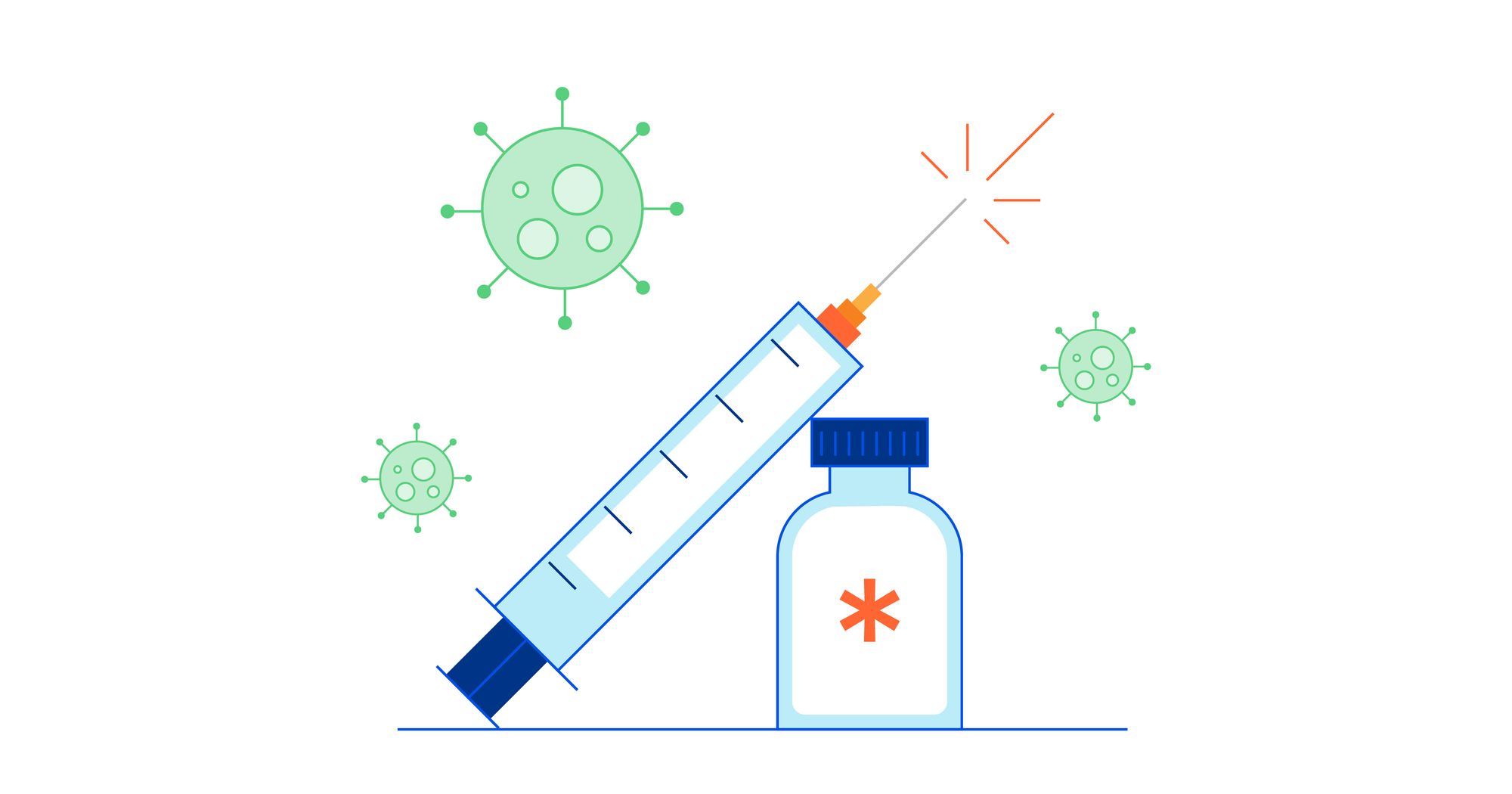
Around the world government and medical organizations are struggling with one of the most difficult logistics challenges in history: equitably and efficiently distributing the COVID-19 vaccine. There are challenges around communicating who is eligible to be vaccinated, registering those who are eligible for appointments, ensuring they show up for their appointments, transporting the vaccine under the required handling conditions, ensuring that there are trained personnel to administer the vaccine, and then doing it all over again as most of the vaccines require two doses.
Cloudflare can't help with most of that problem, but there is one key part that we realized we could help facilitate: ensuring that registration websites don't crash under load when they first begin scheduling vaccine appointments. Project Fair Shot provides Cloudflare's new Waiting Room service for free for any government, municipality, hospital, pharmacy, or other organization responsible for distributing COVID-19 vaccines. It is open to eligible organizations around the world and will remain free until at least July 1, 2021 or longer if there is still more demand for appointments for the vaccine than there is supply.
Crashing Registration Websites
The problem of vaccine scheduling registration websites crashing under load isn't theoretical: it is happening over Continue reading
Docker Captain Take 5 – Elton Stoneman
Docker Captains are select members of the community that are both experts in their field and are passionate about sharing their Docker knowledge with others. “Docker Captains Take 5” is a regular blog series where we get a closer look at our Captains and ask them the same broad set of questions ranging from what their best Docker tip is to whether they prefer cats or dogs (personally, we like whales and turtles over here). Today, we’re interviewing Elton Stoneman who has been a Docker Captain since 2016. He is a Container Consultant and Trainer and is based in Gloucestershire, United Kingdom.
How/when did you first discover Docker?
I was consulting as an API Architect, building out the backend services for a new Android device. My role was all about .NET services running in Azure, but we worked as a single team – and the people working on the operating system were using Docker to simplify their build tools.
I started looking into their setup and I was just stunned at how you could run complex software with a single Docker command – and have it run the same way on any machine. That was way back in 2014, Continue reading
Cloudflare Waiting Room
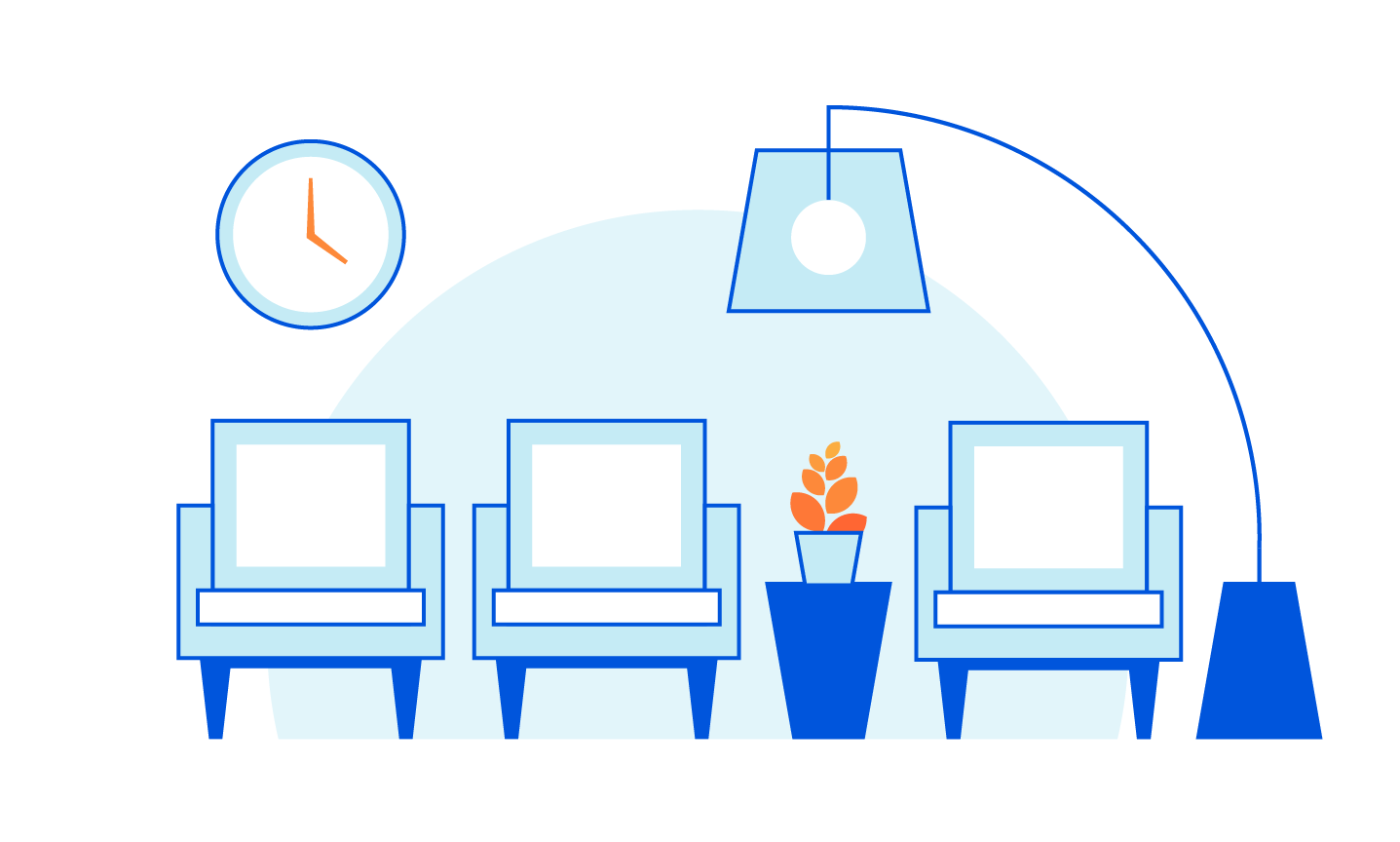
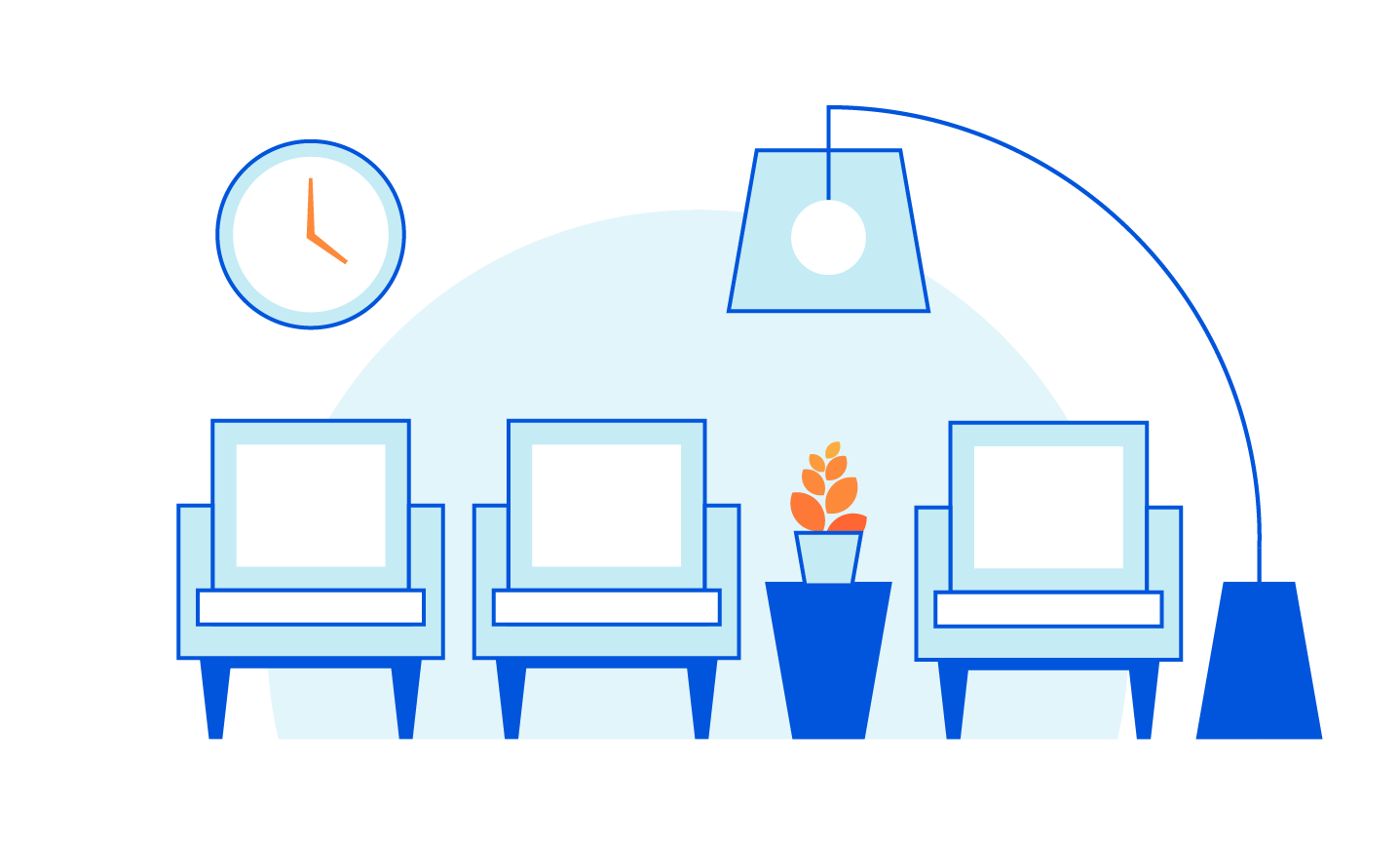
Today, we are excited to announce Cloudflare Waiting Room! It will first be available to select customers through a new program called Project Fair Shot which aims to help with the problem of overwhelming demand for COVID-19 vaccinations causing appointment registration websites to fail. General availability in our Business and Enterprise plans will be added in the near future.
Wait, you’re excited about a… Waiting Room?
Most of us are familiar with the concept of a waiting room, and rarely are we excited about the idea of being in one. Usually our first experience of one is at a doctor’s office — yes, you have an appointment, but sometimes the doctor is running late (or one of the patients was). Given the doctor can only see one person at a time… the waiting room was born, as a mechanism to queue up patients.
While servers can handle more concurrent requests than a doctor can, they too can be overwhelmed. If, in a pre-COVID world, you’ve ever tried buying tickets to a popular concert or event, you’ve probably encountered a waiting room online. It limits requests inbound to an application, and places these requests into a virtual queue. Once the number Continue reading
Network-layer DDoS attack trends for Q4 2020
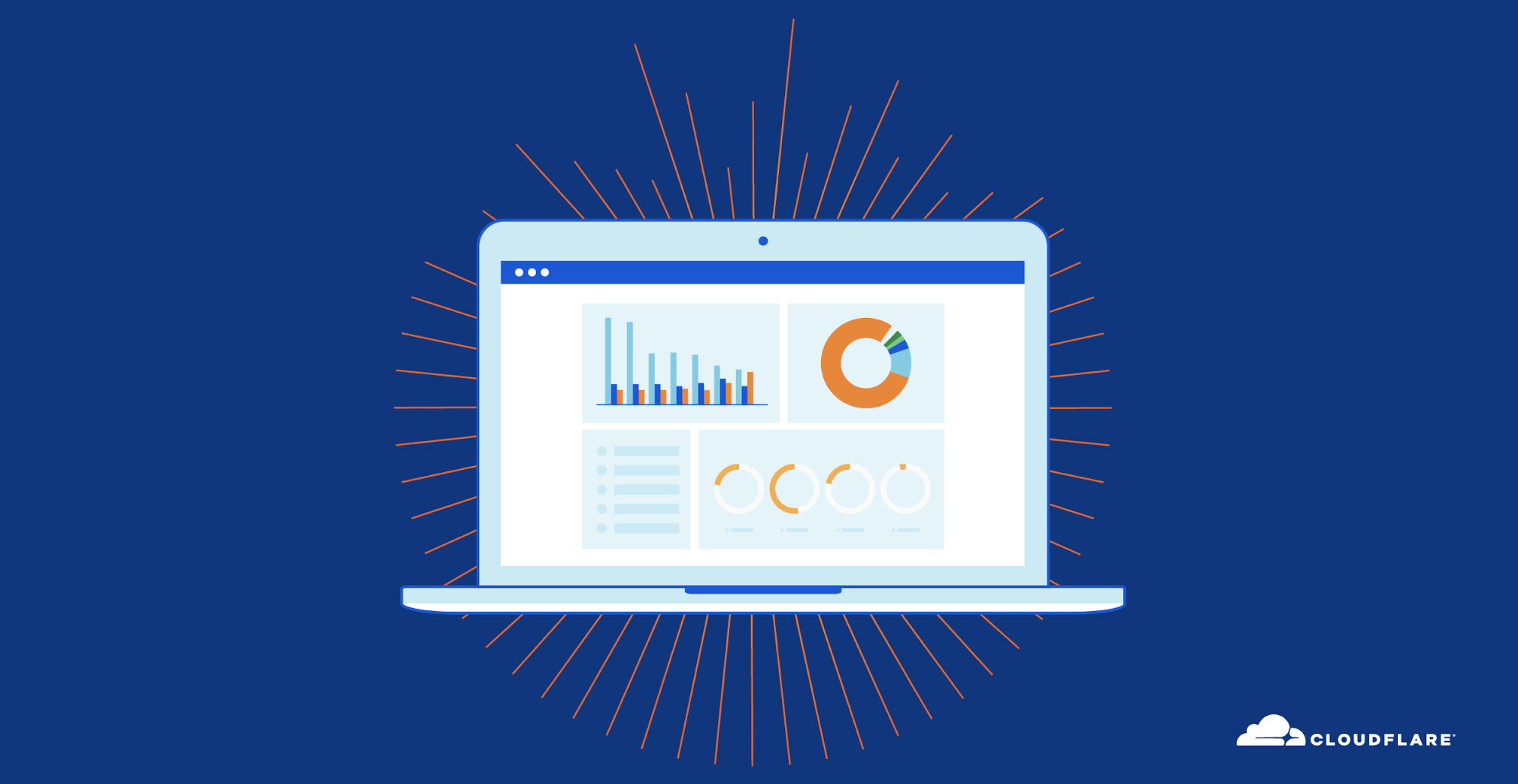
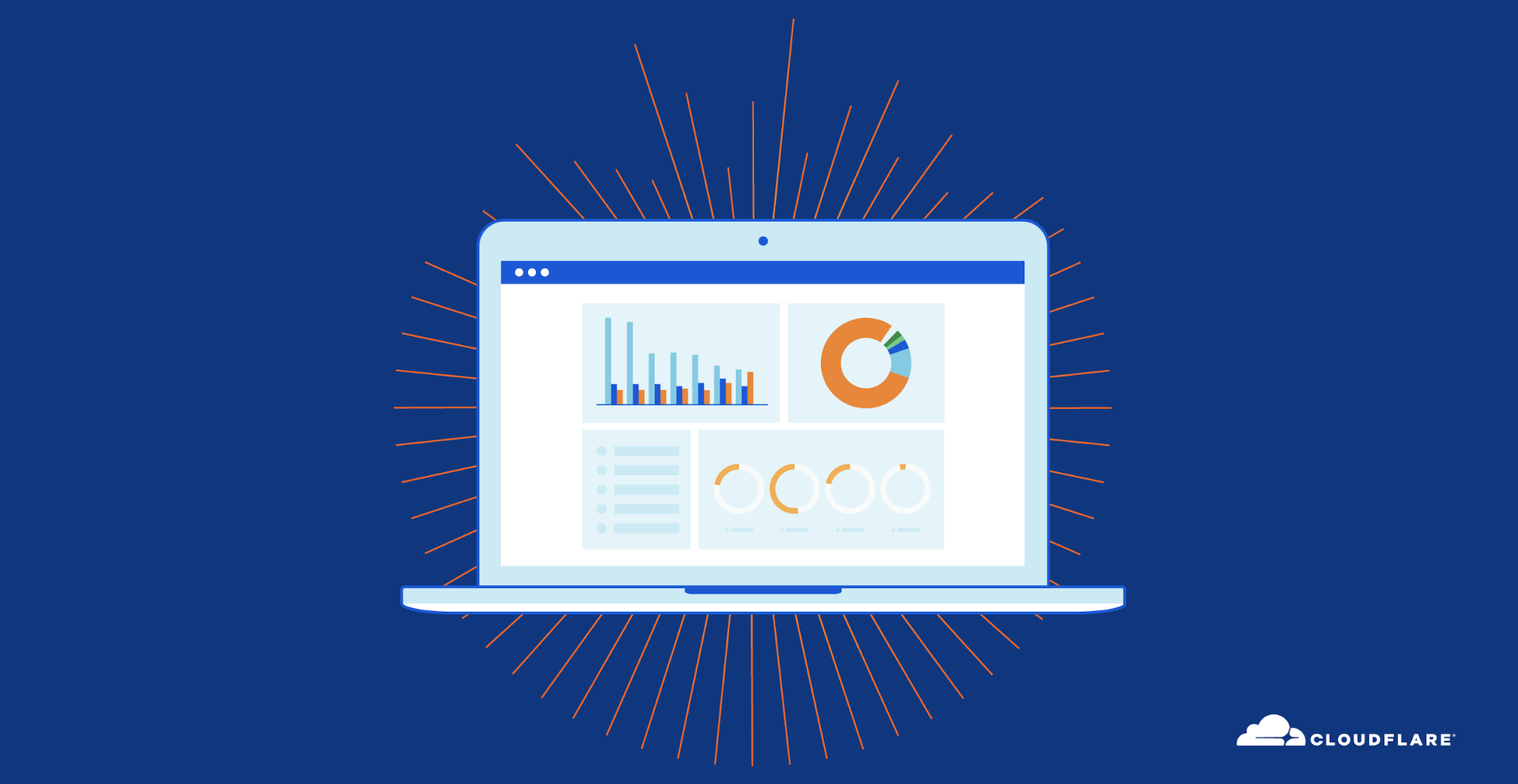
DDoS attack trends in the final quarter of 2020 defied norms in many ways. For the first time in 2020, Cloudflare observed an increase in the number of large DDoS attacks. Specifically, the number of attacks over 500Mbps and 50K pps saw a massive uptick.
In addition, attack vectors continued to evolve, with protocol-based attacks seeing a 3-10x increase compared to the prior quarter. Attackers were also more persistent than ever — nearly 9% of all attacks observed between October and December lasted more than 24 hours.
Below are additional noteworthy observations from the fourth quarter of 2020, which the rest of this blog explores in greater detail.
- Number of attacks: For the first time in 2020, the total number of attacks observed in Q4 decreased compared to the prior quarter.
- Attack duration: 73% of all attacks observed lasted under an hour, a decrease from 88% in Q3.
- Attack vectors: While SYN, ACK, and RST floods continued to be the dominant attack vectors deployed, attacks over NetBIOS saw a whopping 5400% increase, followed by those over ISAKMP and SPSS.
- Global DDoS activity: Our data centers in Mauritius, Romania, and Brunei recorded the highest percentages of DDoS activity relative to non-attack Continue reading
JNCIE-DC lab in EVE-NG tips and tricks
After having some feedback regarding my previous post on running the JNCIE-DC self-study workbook in EVE-NG. I wanted to share some of the most common questions I personally experienced while using the lab and general things to be aware of and some tips! I also ran into some aspects of going through the workbook that […]
The post JNCIE-DC lab in EVE-NG tips and tricks first appeared on Rick Mur.Intel’s Datacenter Decline Not As Bad As Expected
Incoming chief executive officer and long-time Intel employee Pat Gelsinger is talking the helm of a chip company that has plenty of issues to sort out, but there is some good news as Intel reports its financial results for the fourth quarter of 2020 and Gelsinger gets ready to take over. …
Intel’s Datacenter Decline Not As Bad As Expected was written by Timothy Prickett Morgan at The Next Platform.
Storage Can’t Be An Afterthought With AI Systems
It is a given that high performance computing systems of any kind are going to need high performance storage to keep them fed. …
Storage Can’t Be An Afterthought With AI Systems was written by Timothy Prickett Morgan at The Next Platform.
Car Warranty vs Technology Service Contract
 I’ve been struggling with the value of service contracts on IT equipment for some time now. As a rule of thumb, service contracts on IT infrastructure cost ~30% of the purchase price. This means that over three years of ownership you will pay the purchase price again. Which is quite a thing. I’m struggling to […]
I’ve been struggling with the value of service contracts on IT equipment for some time now. As a rule of thumb, service contracts on IT infrastructure cost ~30% of the purchase price. This means that over three years of ownership you will pay the purchase price again. Which is quite a thing. I’m struggling to […]
Using New Ansible Utilities for Operational State Management and Remediation
Comparing the current operational state of your IT infrastructure to your desired state is a common use case for IT automation. This allows automation users to identify drift or problem scenarios to take corrective actions and even proactively identify and solve problems. This blog post will walk through the automation workflow for validation of operational state and even automatic remediation of issues.
We will demonstrate how the Red Hat supported and certified Ansible content can be used to:
- Collect the current operational state from the remote host and convert it into normalised structure data.
- Define the desired state criteria in a standard based format that can be used across enterprise infrastructure teams.
- Validate the current state data against the pre-defined criteria to identify if there is any deviation.
- Take corrective remediation action as required.
- Validate input data as per the data model schema
Gathering state data from a remote host:
The recently released ansible.utils version 1.0.0 Collection has added support for ansible.utils.cli_parse module, which converts text data into structured JSON format. The module has the capability to either execute the command on the remote endpoint and fetch the text response, or Continue reading
Using New Ansible Utilities for Operational State Management and Remediation
Comparing the current operational state of your IT infrastructure to your desired state is a common use case for IT automation. This allows automation users to identify drift or problem scenarios to take corrective actions and even proactively identify and solve problems. This blog post will walk through the automation workflow for validation of operational state and even automatic remediation of issues.
We will demonstrate how the Red Hat supported and certified Ansible content can be used to:
- Collect the current operational state from the remote host and convert it into normalised structure data.
- Define the desired state criteria in a standard based format that can be used across enterprise infrastructure teams.
- Validate the current state data against the pre-defined criteria to identify if there is any deviation.
- Take corrective remediation action as required.
- Validate input data as per the data model schema
Gathering state data from a remote host:
The recently released ansible.utils version 1.0.0 Collection has added support for ansible.utils.cli_parse module, which converts text data into structured JSON format. The module has the capability to either execute the command on the remote endpoint and fetch the text response, or Continue reading